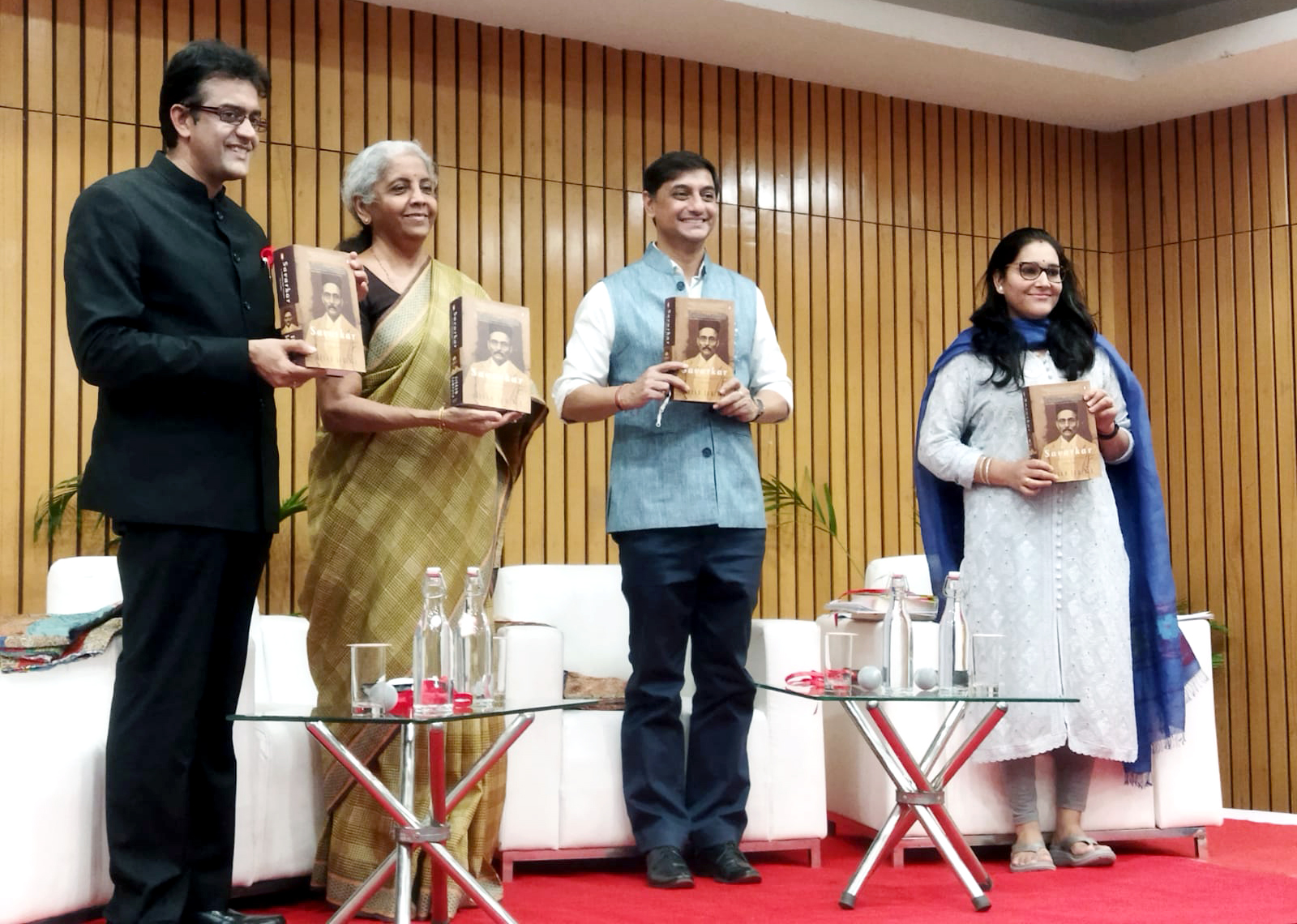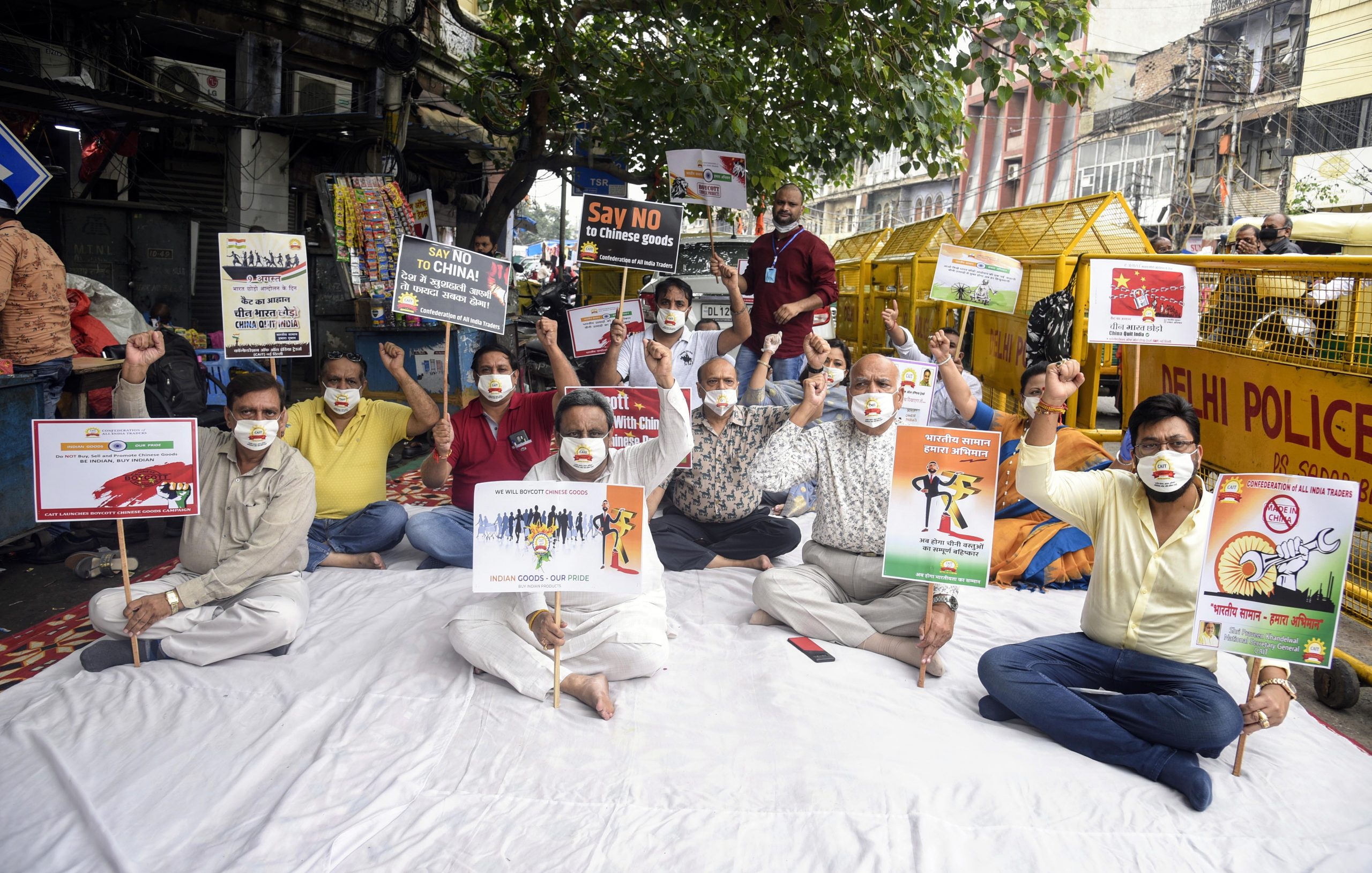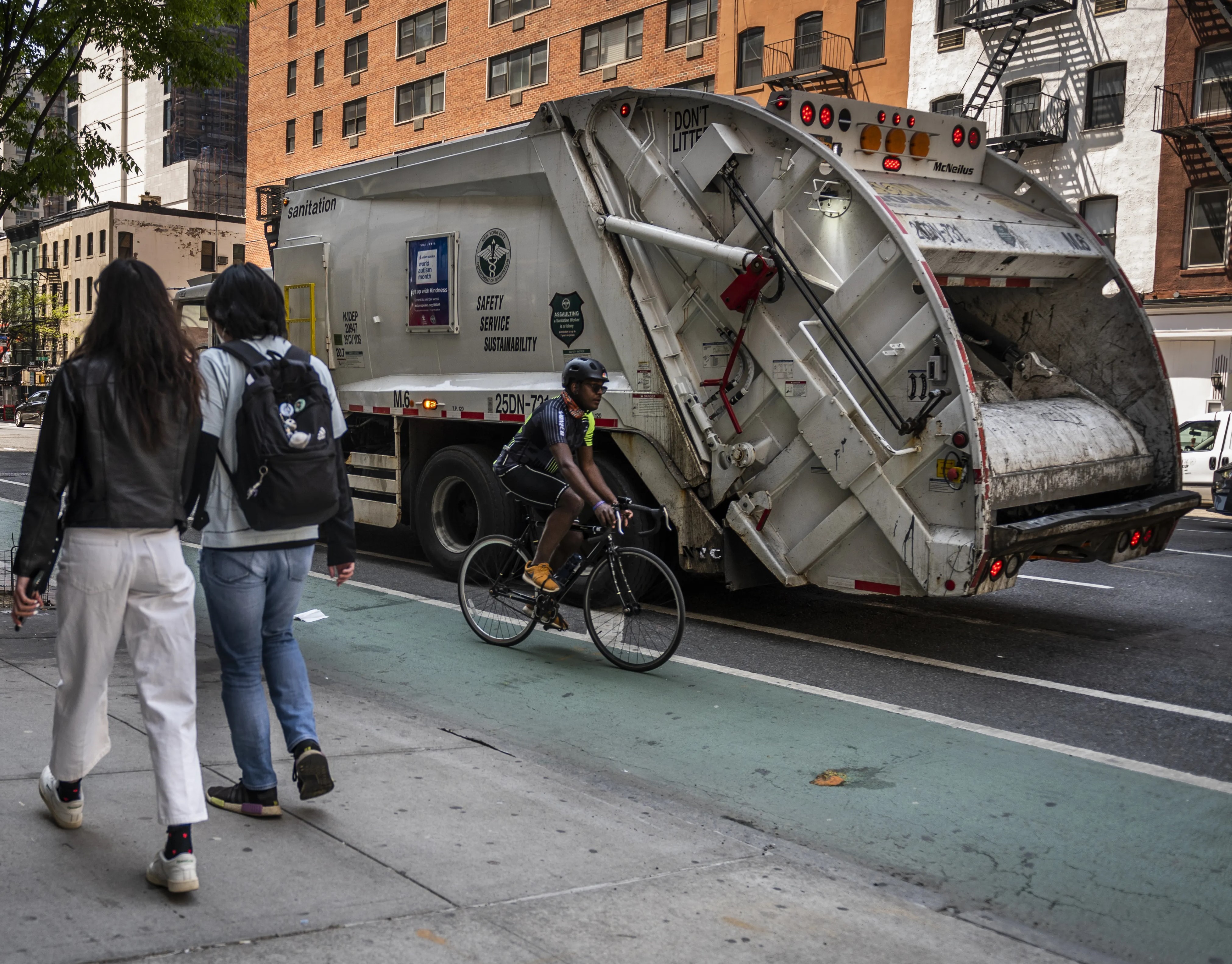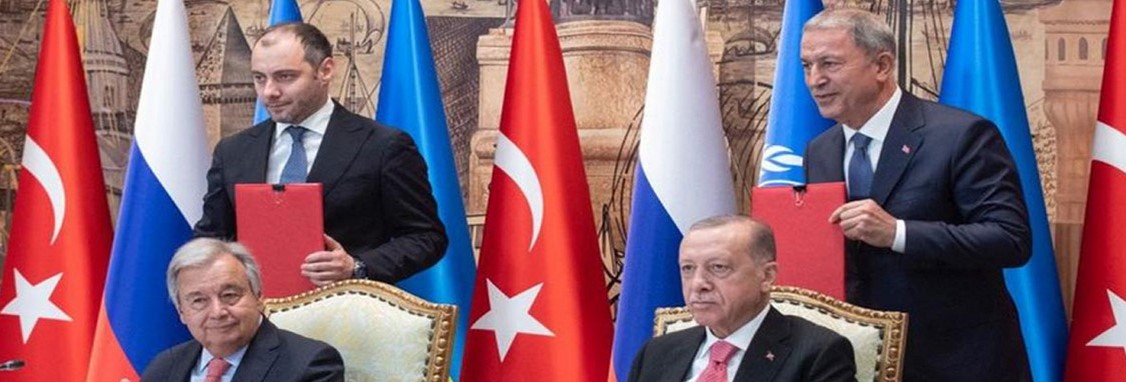Views and opinions from the top commentators in Indian media
“Hindutva is a political reality of our times and we need to understand how it works intellectually. Savarkar and Golwalkar are the most significant proponents of this ideology. Without reading them, how can you have an idea of this project which has overrun India and is attractive to many minds?
A syllabus is not a set of propaganda material. When we include readings of different kinds, we expect them to be read and examined critically from all angles. Obviously, you do not compromise with some fundamental values. Genocide or racial supremacy cannot be treated as valid viewpoints. But we do need to understand how genocidal ideas turn into common sense. For that, we would need to study those who successfully drove their masses towards such an ideology. How do you understand fascism if you do not read Mussolini or Mein Kampf?
But we fight our syllabus battles in a very unacademic manner. It remains all about representation, be it historical figures or writers. We never look at the making of a syllabus from the pedagogical angle.”
— Apoorvanand, The Indian Express
Left, right and wrong
“Whether or not one agrees with Savarkar or Golwalkar, their ideas are now alive in this country. Excising them from the curriculum serves no purpose. Contextualizing and engaging with their ideas is more useful even for those who oppose them. In India, historical figures tend to become larger than life, to be idealized or shunned. We personalize and glorify. But including someone in a curriculum is to grapple with their thoughts, see them respond to their situations, the historical currents that produced them, their human compromises and subterfuges. Reading texts of all shades can lead young people to see the many-sidedness of anyone held up as a Great Man, whether by the right or the left, or even by centrists, who often falsely claim to have no biases. Savarkar and Golwalkar should be read, just as their polar intellectual opposites should be.”
— Editorial, The Times of India
Forked tongue
“The push for Hindi is often justified by the argument that the language is spoken by a majority of Indians. This assumption is flawed for two reasons. First, the conclusion is drawn primarily on the basis of census data, which count the number of people who identify Hindi as a mother tongue rather than their spoken language. Moreover, their number may well be inflated because the census categorizes as many as 50 other regional languages — Bhojpuri, Rajasthani and Chhattisgarhi — as Hindi. Second, even the increase in the actual Hindi-speaking population can be attributed to demographic factors — higher fertility rates and migration — rather than the purported popularity of the language. Such misleading narratives are detrimental to the fate of regional languages — by some estimates, of the 780 languages in India, about 600 are potentially endangered. Clearly, then, commemorative occasions — the Hindi Divas is an example — would benefit such vanishing tongues more than Hindi. The need to safeguard the multilingual nature of India has been historically recognized — the States Reorganization Act, 1956 revised the boundaries of India’s states and territories along linguistic lines in a nod to linguistic pluralism being integral to India’s democratic ethos. If the Bharatiya Janata Party were not so intent on promoting a ‘Hindi-Hindu-Hindustan’ narrative to realize its problematic ideological mission, it would perhaps have pursued a more inclusive approach.”
— Editorial, The Telegraph
America’s ‘Gentle’ Pressure
“The World Health Organization (WHO) and the US have been in dialogue with India regarding vaccine exports. The former has made this publicly known. It has urged India to begin exports so that the shortfall in COVAX numbers is met and the vaccination drive moves ahead in low-income countries.
At a press conference on the COVID-19 situation in Africa, at WHO headquarters in Geneva on September 14, Seth Berkley, the CEO of GAVI, responded thus to a query on the resumption of Indian COVID-19 vaccine exports: “India has a very important role to play in the global vaccination efforts. They have the largest manufacturing facilities in the world. It was one of the reasons we went to them early to try to make sure they would take up tech transfer and scale up their manufacturing”.”
— Vivek Katju, The Quint
Every week, we look at what the top commentators in the Indian media are talking about and bring to you a slice of their opinions and comments


























